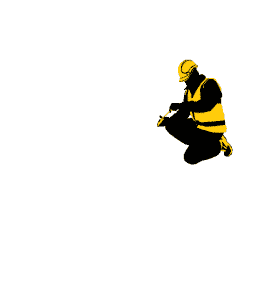ELEVATOR/ESCALATORS
UP AND DOWN
Other than reduced fares, features, such as elevators or ramps, that improve accessibility are for customers with visual, hearing, and mobility, as well as stroller-pushers, obviously have bigger implication.
Since the early 1990s, New York City Transit has spent massive amounts of money on installing new elevators and escalators. According to MTA's website, currently the network "has more than 120 additional subway and commuter rail stations that have elevators and/or ramps to provide wheelchair access.". Yet the service remains unsatisfying.
From the original 28 stations built in Manhattan, the subway system has grown to 468 stations, most of which were built by 1930. Within the less-than 1/3 stations equiped with elevators or escalators, dysfuntion is not uncommon.
Another factor: MTA spokesman Adam Lisberg says the changing economy is playing a role in the increased riders. "You have more people who are working in health care, working in hospitality, working in tech," he said, "jobs that don't require you to be at a desk at 9 and get up and leave at 5."
Gene Russianoff, staff attorney with the Straphangers Campaign, says the last time ridership was this high was in the post-war 1950s.
"
The city had three shifts for a lot of its workers and people often worked a six-day work week," he said, "so it was incredibly central to the city's economy."







